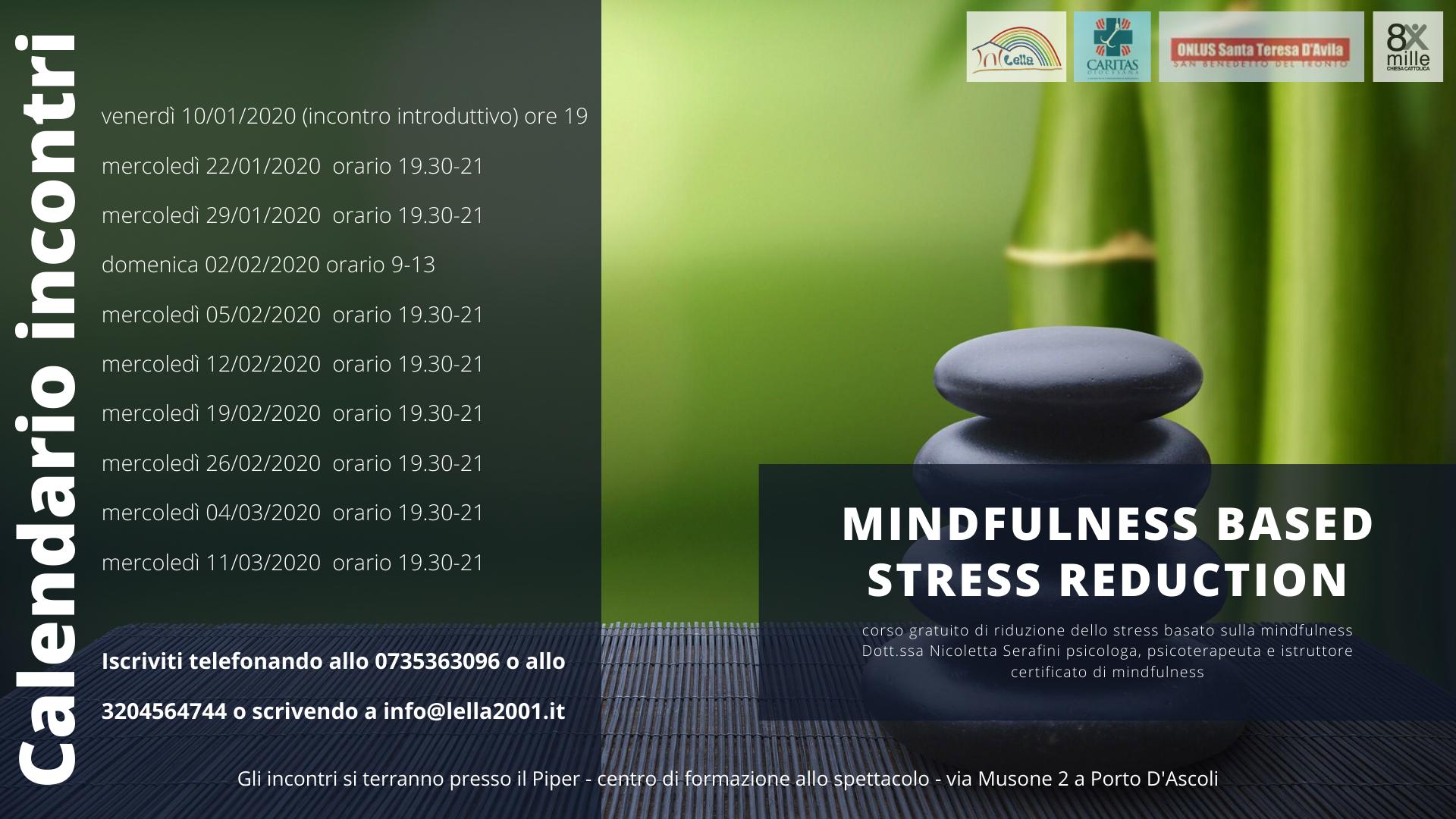
Yoga can help relieve stress and create a sense calmness and ease. It is important to learn how you can tune in to your body and take deep, mindful breaths. In the Stress Relief Pose, you can stand next to a wall and place your palm on it. Rotate your body away from the wall, and breathe deeply for several breaths. Keep your fingers parallel to the ceiling. Repeat this on the other side. For at least twenty minutes, you'll find your body starts to relax.
The first benefit of yoga is that it helps you reconnect with your body. The first benefit of yoga is that it can help to focus on your physical presence. For example, try to breathe deeply from the chest. Next, focus your attention on your innermost parts and feel every part of your body. This is an important step to help manage stress and establish a positive mental pattern. Focusing on your breath can help you focus and bring your attention to your feet.

Yoga can help reduce stress levels. This relaxation technique can help you avoid anxiety attacks and decrease anxiety symptoms. This will make it possible to cope with stressful situations and not feel anxious. You can lower your blood pressure by practicing yoga poses. This will help you to improve your health. If you've ever felt stressed, you know that shallow breathing is an indicator of anxiety. Yoga is a great option for high blood pressure. It's likely to help you manage your high blood pressure, anxiety, and a host of other health issues.
Yoga is an excellent way to reduce anxiety and stress. Nearly all people deal with some type of stress daily. It doesn't matter how severe or mild, it can lead to serious illness and debilitating symptoms. Yoga can help you relieve stress. So that stress doesn't get in your way, it is essential to learn how you can cope. So, start practicing yoga today!
Yoga has many benefits. It improves mood, well-being, and overall mood. It can help reduce anxiety and depression. The practice of yoga can also reduce the symptoms of menopause and chronic conditions. Yoga can be practiced anywhere, at any time. The practice of yoga can be a great way to manage stress in your life. You can even find it in the comfort of your own home. You can take a walk outside, or just take a long hot bath in the water.

The benefits of yoga are far reaching. Yoga stimulates the nervous systems, which can lower stress levels and increase happiness. It's possible to practice yoga in your dorm, and you can relax. You can do as many poses as you want and can continue to practice until your stress levels are reduced. The benefits of practicing yoga can last a lifetime. Yoga is not just good for your physical health. Regular exercise has numerous health-related benefits.
FAQ
What are the 7 best tips to lead a healthy, happy life?
-
Eat right
-
Exercise regularly
-
Sleep well
-
Get plenty of water.
-
Get enough rest
-
Be happy
-
Smile often
What are the best 10 foods to eat?
These are the 10 best foods you can eat:
-
Avocados
-
Berries
-
Broccoli
-
Cauliflower
-
Eggs
-
Fish
-
Grains
-
Nuts
-
Oats
-
Salmon
What is the difference in fat and sugar?
Fat is an energy source from food. Sugar is a sweet substance that can be found naturally in fruits or vegetables. Both fats as well as sugars contain the same amount of calories. Fats have twice the calories of sugars, however.
Fats are stored in your body and can cause obesity. They can lead to cholesterol buildup in the arteries, which could cause heart attacks or strokes.
Sugars provide instant energy and are rapidly absorbed by the body. This causes blood glucose levels rise. High blood glucose levels can pose a danger because they increase the chance of developing type II Diabetes.
Which lifestyle is best for your health?
Living a healthy lifestyle is one that encourages you to eat well, exercise regularly, get enough sleep, and avoids stress. You will live a long and happy life if you adhere to these guidelines.
Starting small can make a big difference in your diet, and even your exercise routine. You can lose weight by walking 30 minutes each day if you are looking to lose weight. Swimming or dancing are great options if your goal is to become more active. A Fitbit or Strava online program that tracks your activity can be joined.
Statistics
- According to the Physical Activity Guidelines for Americans, we should strive for at least 150 minutes of moderate intensity activity each week (54Trusted Source Smoking, harmful use of drugs, and alcohol abuse can all seriously negatively affect your health. (healthline.com)
- This article received 11 testimonials and 86% of readers who voted found it helpful, earning it our reader-approved status. (wikihow.com)
- The Dietary Guidelines for Americans recommend keeping added sugar intake below 10% of your daily calorie intake, while the World Health Organization recommends slashing added sugars to 5% or less of your daily calories for optimal health (59Trusted (healthline.com)
- Extra virgin olive oil may benefit heart health, as people who consume it have a lower risk for dying from heart attacks and strokes according to some evidence (57Trusted Source (healthline.com)
External Links
How To
What does the "vitamins” word mean?
Vitamins can be described as organic compounds found in food. Vitamins are essential for our bodies to absorb nutrients from the foods we eat. Vitamins cannot come from the body so food must provide them.
There are two types: water-soluble and fat-soluble vitamins. Water-soluble vitamins dissolve easily when they are dissolved in water. These include vitamin C (thiamine), Vitamin B1 (riboflavin), Vitamin B2 (riboflavin), Vitamin B3 (niacin), Vitamin B6 (pyridoxine), Vitamin C, B1 (thiamine), Vitamin B2 (riboflavin), Vitamin B3 (niacin), and Vitamin B6 (pyridoxine). The liver and fat soluble vitamins are stored within the liver and in fatty tissue. Examples include vitamin D, E, K, A, and beta carotene.
Vitamins are classified according to their biological activity. There are eight major types of vitamins:
-
A - vital for healthy growth.
-
C - important for proper nerve function and energy production.
-
D - Essential for healthy teeth and bones.
-
E is necessary for good vision, reproduction.
-
K - essential for healthy muscles, nerves, and bones.
-
P - essential for strong bones, teeth and tendons
-
Q - Aids digestion and iron absorption
-
R - Required for red blood cell production
The recommended daily allowance (RDA), for vitamins, varies depending upon age, gender, or physical condition. RDA values are set by the U.S. Food and Drug Administration (FDA).
For adults over 19 years, the RDA is 400 mg per day for vitamin A. Pregnant women require 600 micrograms daily to support fetal development. Children ages 1-8 require 900 micrograms per day. Infants below one year old require 700mg per day. But, between 9 months to 12 months, the amount drops to 500mg per day.
Children aged 1-18 years need 800 micrograms daily, while children overweight require 1000 micrograms per days. Children who are severely obese or underweight will need 1200 micrograms each day.
Children between 4 and 8 years old with anemia will need 2200 micrograms daily of vitamin C.
2000 micrograms are required daily for good health in adults over 50. Mothers who are pregnant, nursing, or have a high nutrient need will require 3000 micrograms a day.
1500 micrograms are required daily by adults over 70 because they lose approximately 10% of their muscle each decade.
Women who are pregnant, nursing or breastfeeding need more than the RDA. Pregnant mothers need 4000 micrograms per daily during pregnancy and 2500 after giving birth. Breastfeeding mothers need 5000 micrograms per day when breast milk is being produced.